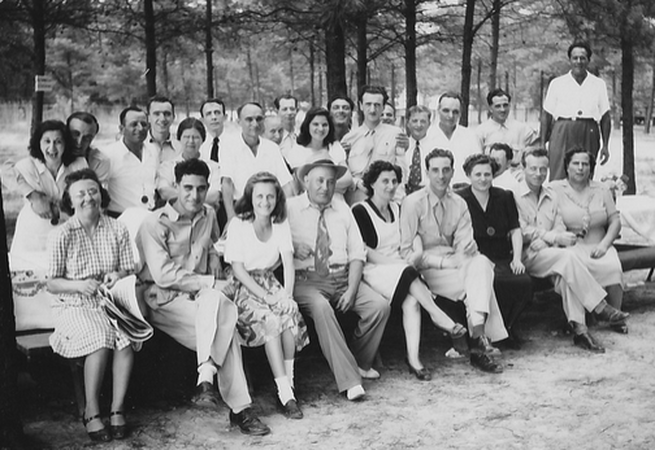|
"That was the best part of my life. We were treated like kings there, but what I didn’t do for them [POWs]. What I treasure most is a big plaque they gave me with the words: 'We will never forget what you did for us.'" – Guy Sardella  Italian POWs during World War II were given special privileges over the Japanese and Germans, like receiving visitors at Camp Meade (now Fort Meade) from Baltimore's Italian community on Sunday afternoons. Below is a chapter on this topic from "Baltimore's Little Italy: History and Heritage of The Neighborhood."
0 Comments
Your comment will be posted after it is approved.
Leave a Reply. |
AuthorSuzanna Molino is the director of Promotion Center for Little Italy, author of 'Baltimore's Little Italy' and editor of Neighborhood News from Little Italy. ArchivesCategories |


 RSS Feed
RSS Feed